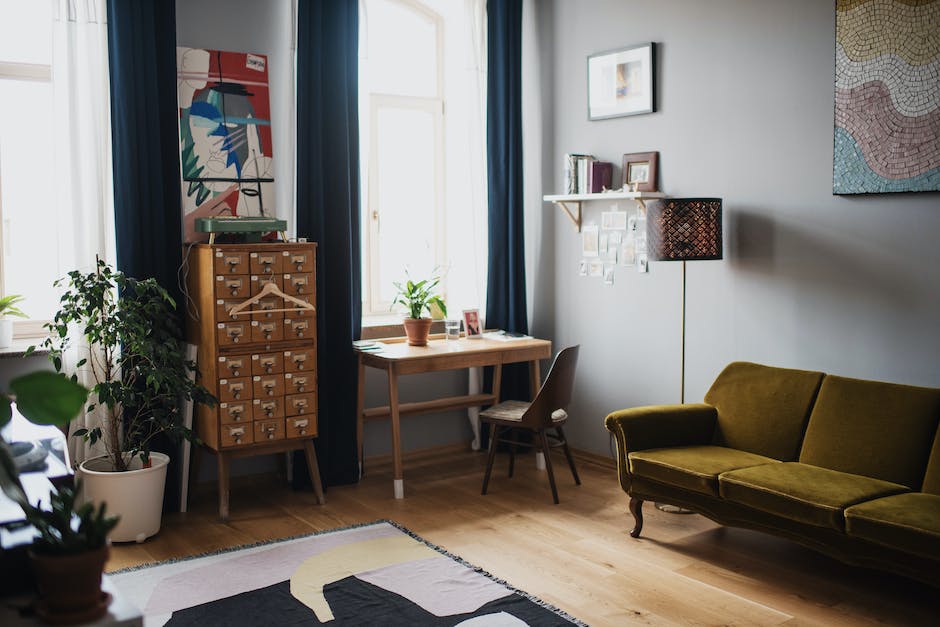The Pros and Cons of Carpet: Making the Right Flooring Choice
Exploring the Benefits and Drawbacks of Carpet Flooring
When it comes to interior design and flooring options, the choice of carpet has both its fans and critics. Carpet can add warmth, comfort, and style to a room, but it also has its drawbacks. To help you make an informed decision, let's delve into the advantages and disadvantages of carpet flooring.
Carpet flooring has been a popular choice for homes, offices, and commercial spaces for many years, but it’s important to weigh the pros and cons before making a decision. Understanding the benefits and drawbacks of carpet can help you determine if it’s the right flooring option for your space. Let's take a closer look at the advantages and disadvantages of carpet.
Pros
Carpet flooring offers a range of advantages that may sway your decision when choosing the right flooring for your home or office. Here are some compelling reasons why carpet might be the ideal choice for you.
Comfort and Warmth
One of the most significant benefits of carpet is the comfort and warmth it provides. Unlike hard flooring surfaces, carpet offers a soft and cozy feel underfoot, making it especially welcoming during colder months. The insulation properties of carpet also help to retain heat, leading to potential energy savings.
Noise Reduction
Carpet acts as a natural sound barrier, reducing impact noise from foot traffic, and minimizing airborne noise such as voices and electronic sound systems. This is especially beneficial in multi-story homes, apartments, and office buildings, where noise from upper levels can be a disturbance to those below.
Versatile Design Options
With a wide range of colors, patterns, and textures available, carpet can be a versatile design element that complements various interior styles. It allows for creative expression and can tie together the aesthetic of a room while adding a touch of luxury.
Safe and Soft for Kids
For families with young children, carpet provides a safe and comfortable surface for play and relaxation. Its cushioned texture reduces the risk of injury from slips and falls, and it creates a cozy environment that children can enjoy. Additionally, carpet can serve as a natural insulator, keeping rooms warmer and safer for little ones.
Cost-Effective Option
In comparison to many hard flooring materials, carpet is often more affordable to purchase and install. Its cost-effectiveness makes it an attractive choice for budget-conscious individuals who still desire the warmth and comfort that carpet provides.
Enhanced Air Quality
Carpet can act as a filter, trapping airborne allergens and preventing them from circulating in the air. This can contribute to improved indoor air quality, particularly for individuals with respiratory issues.
Insulation and Energy Efficiency
Carpet provides additional insulation, which can help to maintain a comfortable indoor temperature. This can result in reduced energy costs by decreasing the need for heating in the winter and cooling in the summer.
Non-Slip Surface
Carpet provides a non-slip surface, making it a safer option for households with elderly individuals or people with mobility issues. This can reduce the risk of slips and falls, providing a sense of security and stability for those who may be at higher risk of accidents.
Insulation
One of the advantages of carpet is its insulation properties. It helps to retain warmth and can contribute to energy efficiency by reducing heat loss through the floor. In colder climates, carpeting can help to create a more comfortable and cozy indoor environment while potentially lowering heating costs.
Missing a pro?
Let us know which pro you are missing!
Cons
While carpet offers many benefits, there are also drawbacks that should be carefully evaluated before committing to this type of flooring. It's important to weigh these considerations to make an informed decision for your home or office space.
Maintenance and Cleaning Challenges
Keeping carpet clean and well-maintained can be a more demanding task compared to hard flooring surfaces. Regular vacuuming and periodic professional cleaning are essential to prevent the buildup of dust, dirt, and allergens, especially in high-traffic areas.
Susceptibility to Stains and Spills
Carpet is inherently more prone to staining and discoloration from spills, particularly in households with young children or pets. While some carpets are designed with stain-resistant treatments, it's crucial to address spills promptly to minimize permanent damage.
Allergen Retention
For individuals with allergies or respiratory sensitivities, carpet can trap and retain allergens such as dust mites, pet dander, and pollen, which may contribute to air quality issues. Regular cleaning and maintenance, along with hypoallergenic carpet options, can help mitigate this concern.
Potential for Wear and Tear
High-traffic areas and heavy furniture can cause carpet fibers to wear down over time, leading to visible signs of use and requiring more frequent replacement or repair. This is an important consideration for spaces that experience significant foot traffic or furniture movement.
Installation and Replacement Costs
While carpet can be a cost-effective flooring option initially, the installation and eventual replacement costs should be factored into the long-term budget. Professional installation may be necessary, and replacing worn or outdated carpet can incur additional expenses.
Risk of Mold and Mildew
In areas with high humidity or moisture, carpets can be susceptible to mold and mildew growth. This can pose health risks and may require professional cleaning or even replacement of the carpet in severe cases.
Potential for Off-Gassing
Some carpets and carpet adhesives may release volatile organic compounds (VOCs) over time, contributing to indoor air pollution. This off-gassing can affect indoor air quality and may be of concern, particularly in tightly sealed spaces.
Potential for Odor Retention
Carpet has the potential to retain odors, particularly if not properly maintained. Spills, pet accidents, and general use over time can lead to unpleasant smells that may be challenging to eliminate. This can be a concern for households with pets or in areas with high humidity.
Allergen Accumulation
Another disadvantage of carpet is its tendency to accumulate allergens such as dust, pet dander, and pollen. This can affect indoor air quality and lead to respiratory issues for individuals with allergies or asthma. Regular cleaning and maintenance are essential to mitigate this downside.
Missing a con?
Let us know which con you are missing!
Conclusion
In conclusion, the choice of carpet as a flooring option offers a blend of advantages and disadvantages. It provides comfort, noise reduction, and versatile design options, making it an attractive choice for many homeowners and businesses. However, maintenance challenges, susceptibility to stains, and potential allergen retention are important considerations to address. Ultimately, the decision to choose carpet should align with your lifestyle, design preferences, and willingness to engage in regular upkeep and care for your flooring. By weighing the pros and cons, you can make an informed decision that enhances the overall aesthetic and function of your living or working space.
What do you think?
Do you think the pros outweigh the cons?







